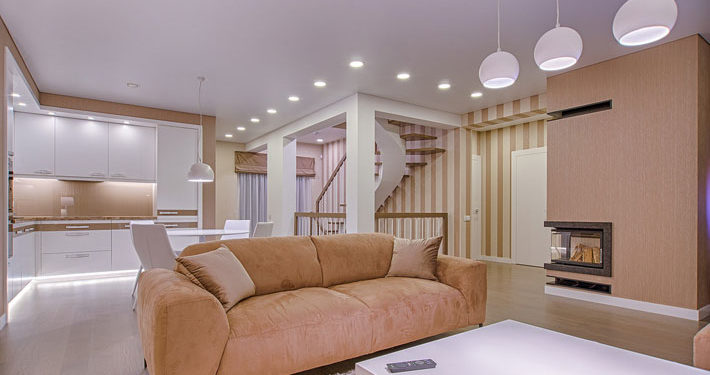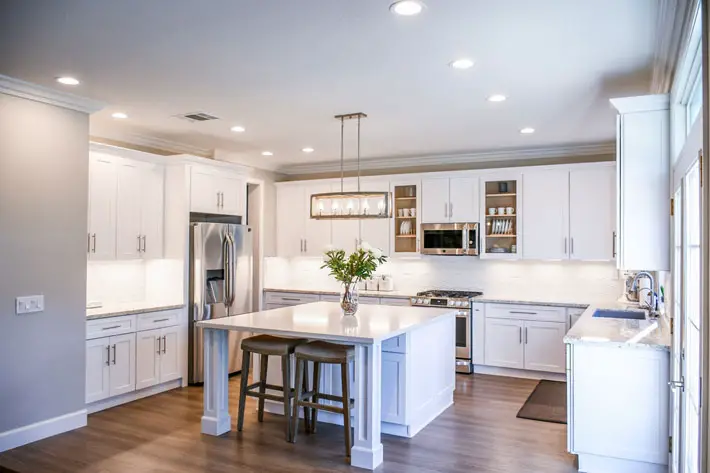The Best Lighting Tips for Your House

Installing proper lighting in your home to ensure every nook and cranny is properly lit, the rooms have a nice ambience, and everything fits well together is an extremely hard job. Many homeowners and professional designers have failed in this task – either the rooms become too well-light, they feel artificial and dead, they don’t mix well with the furniture installed, or they consume too much energy. As lighting is one of the most important parts of having a cozy and relaxing home, you need to ensure you get everything just right. This article will help you by giving you tips so you can avoid the most common pitfalls and succeed:
#1 Take Every Aspect of the Room into Account
Everything in your room can potentially influence the quality of lighting – you need to be really thorough and take everything into account before deciding what kind of lighting you’ll get, whether it’s wall lights, ceiling lights or energy efficient LED spotlights:
● The size of the room: how big the room determines how many light sources you need to install and the intensity of those sources. It is quite self-evident that larger rooms require more lights. Strangely enough, however, a lot of people don’t take into account the area that a lamp has to light before buying it and only care about the design/style. This needs to change if you want to have the perfect lighting.
● The purpose of the room: what are you using the room for? The lighting requirements for a room you do a lot of reading in will be pretty different from a guest room – generally, you probably should pay more attention to how the exterior of the lights look and the quality of the design in rooms where you’ll be expecting a lot of guests and parties, and you should focus more on functionality in rooms where you’ll be spending a lot of recreational time reading, watching movies, playing games, etc.
● The layout/furniture: the design of the furniture and the way it is laid out influences how lighting works in the room quite a lot. It is much easier to decently light a relatively empty room uniformly, but in clustered rooms, the furniture might obscure the sources of light and make some spots in the room really dark. Not only that, the design and the quality of the furniture are vitally important to how the lighting is perceived – you need to match the pieces of furniture and make sure the lighting brings out the best in them.
#2 Don’t Disregard Energy Consumption
Although our lighting sources have become incredibly efficient in the last twenty years, how much energy the lighting source consumes is still important – because not only will it determine a significant portion of the electricity bill you’ll have to pay each month, it also has an impact on the environment. There are a few ways to make sure you minimise your energy consumption and your impact on the environment:
● Use natural lighting: you know what source of lighting you can use without paying anything for and expanding any energy? That’s right – the sun. Through careful and smart addition of a few windows in your home, you can provide enough lighting for a significant portion of the day. Most people in the world get around 8-12 hours of sunlight each day, and you can be using that to light up your home. Natural lighting also makes people feel refreshed, healthy and has been shown to kill harmful bacteria in the air.
● Energy-efficient lighting: checking the type of lighting and how much energy it consumes is a pretty decent way to ensure it is energy-efficient. Although, you can probably guess the amount of energy a source of light uses by its type. For example, constant voltage LED drivers will most likely be more efficient than any type of incandescent bulb you use.










